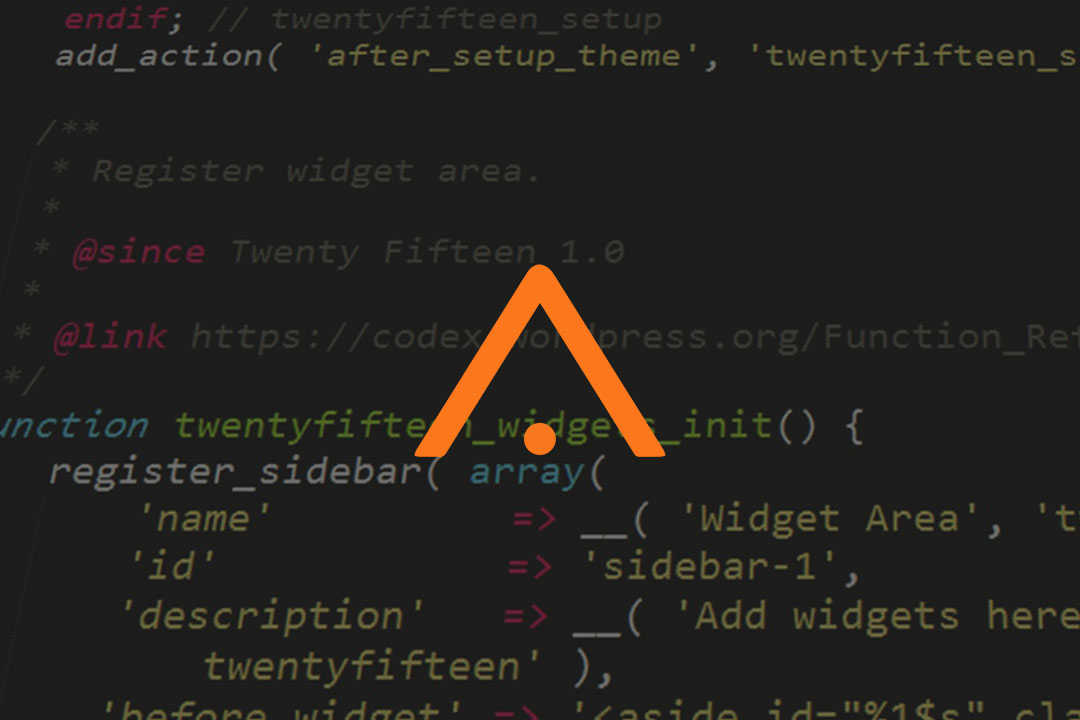API Documentation Simplified: Using AI for Smarter Automation
 Rory Murphy
Rory Murphy
API documentation is the roadmap for developers looking to effectively interact with and integrate APIs into their systems.
It includes critical details such as endpoint descriptions, parameters, request and response examples, and error codes.
Its primary purpose is to simplify the integration process, offering developers the tools they need to troubleshoot issues and fully understand an API’s functionality.
Clear, well-organised documentation is vital, as it reduces integration time and minimises errors, creating a smoother developer experience.
Typically, API documentation consists of technical references, practical usage examples, step-by-step guides, and tutorials—all designed to make API interactions seamless.
However, maintaining comprehensive and up-to-date documentation can be resource-intensive.
In this article, we’ll explore how autonomous agents can simplify and automate API documentation, making it smarter and more efficient.
If you’re looking for an API integration platform that currently applies autonomous agents, look no further than APIDNA.
Click here to try out our platform today.
Current Challenges in API Documentation
API documentation, in its traditional form, poses several challenges for developers and teams responsible for maintaining it.
One of the primary issues is the significant manual effort required.
Documenting every endpoint, parameter, and error code can be an arduous task, especially as APIs grow in complexity.
This manual input not only demands time but also increases the likelihood of human error, leading to inconsistencies and outdated information.

Another major challenge is maintaining consistency and accuracy across multiple API versions.
As APIs evolve with new features, endpoints, and updates, ensuring that the documentation reflects these changes accurately becomes more difficult.
Inconsistent or outdated documentation can lead to confusion and integration errors, frustrating developers who rely on it for guidance.
Moreover, as APIs expand in scope and feature sets, the documentation becomes more complex and unwieldy.
With every new feature or update, developers face an increasing burden to keep the documentation organised and comprehensive.
This growing complexity adds to their workload, pulling them away from core development tasks and potentially slowing down overall productivity.
The Role of AI in Automating API Documentation
AI offers a transformative approach to automating API documentation, addressing many of the challenges developers face with traditional methods.
One of the key roles AI can play is in automated generation of API descriptions.
By analysing API specifications, usage patterns, and even codebases, AI can automatically generate detailed descriptions for endpoints, parameters, responses, and error codes.
This reduces the need for manual input, streamlining the documentation process.
Another significant advantage of AI-driven automation is the ability to provide consistent and real-time updates.
APIs frequently evolve, and keeping documentation aligned with these changes is often a daunting task.
Autonomous agents can continuously monitor changes in the API and update the documentation in real-time, ensuring that developers always have access to the most accurate and current information.

Error reduction is another major benefit of using AI.
With the ability to ensure that documentation is syntactically and semantically correct, AI minimises human errors that often arise from manual updates.
This not only improves accuracy but also enhances the reliability of the documentation.
AI can also enable personalised documentation, tailoring content for different user groups.
For instance, front-end and back-end developers often require different levels of detail, and AI can generate documentation that focuses on the most relevant endpoints and features for each group.
Long-Term Benefits of Automated API Documentation
Automating API documentation with AI offers several long-term benefits that significantly improve the efficiency and scalability of the development process.
One major advantage is time and cost efficiency.
By reducing the manual effort required to maintain and update documentation, developers can focus on more critical tasks, such as feature development or bug fixing.
This, in turn, lowers overall development costs and accelerates project timelines, creating a more productive workflow.
Another key benefit is an improved developer experience.
Accurate and well-maintained documentation ensures that developers integrating with an API can find the information they need quickly, reducing friction in the process.
When developers spend less time searching for or troubleshooting issues related to outdated or incomplete documentation, they can integrate more efficiently, enhancing overall satisfaction and reducing frustration.

As APIs expand in functionality, the ability to scale documentation becomes essential.
AI-driven documentation systems are built to scale effortlessly with API growth, ensuring that new endpoints, features, and versions are documented without adding a significant workload to developers.
This automation helps maintain consistency and accuracy, even as the complexity of the API increases.
Moreover, AI can enhance API documentation by enabling language and localization support.
Autonomous systems can automatically translate documentation into multiple languages, broadening the API’s accessibility and making it easier for global developers to use.
Localization further tailors the documentation to fit regional preferences or requirements, increasing the API’s appeal and usability worldwide.
Potential Challenges and Considerations
While the automation of API documentation offers many benefits, it also comes with several challenges and considerations that must be addressed to ensure its success.
One significant challenge is ensuring contextual accuracy.
Although AI can efficiently generate and update technical information, it may struggle to grasp the nuanced business logic or specific use cases behind certain API behaviours.
This means that some manual oversight is still necessary to ensure that the documentation reflects the API’s real-world applications and aligns with the business’s goals.
Automated systems alone may miss these subtleties, potentially leading to inaccuracies or misunderstandings for developers.

Another key challenge lies in AI model training.
For AI to generate reliable and accurate documentation, it must be trained on large amounts of high-quality data.
However, not all companies may have access to the volume or quality of data required to develop such models.
Inadequate training data can result in poorly performing models that generate inconsistent or incorrect documentation.
To overcome this, businesses must invest in the proper datasets and infrastructure, which could be a barrier for smaller organisations.
Version control also poses a concern in automated API documentation.
APIs often undergo multiple updates and iterations, requiring the documentation to be updated accordingly while maintaining backward compatibility for earlier versions.
Ensuring that the automated system can effectively manage versioning, track changes, and maintain accurate documentation across multiple API versions is critical.
Without robust version control, there’s a risk of inconsistencies, outdated information, or even breaking changes that could confuse developers.
Further Reading
How to Write API Documentation: Best Practices and Examples – altexsoft
Autonomous Agents – ScienceDirect
Subscribe to my newsletter
Read articles from Rory Murphy directly inside your inbox. Subscribe to the newsletter, and don't miss out.
Written by

Rory Murphy
Rory Murphy
BSc Computer Science & Artificial Intelligence - University of Sussex I am currently the web developer for APIDNA.